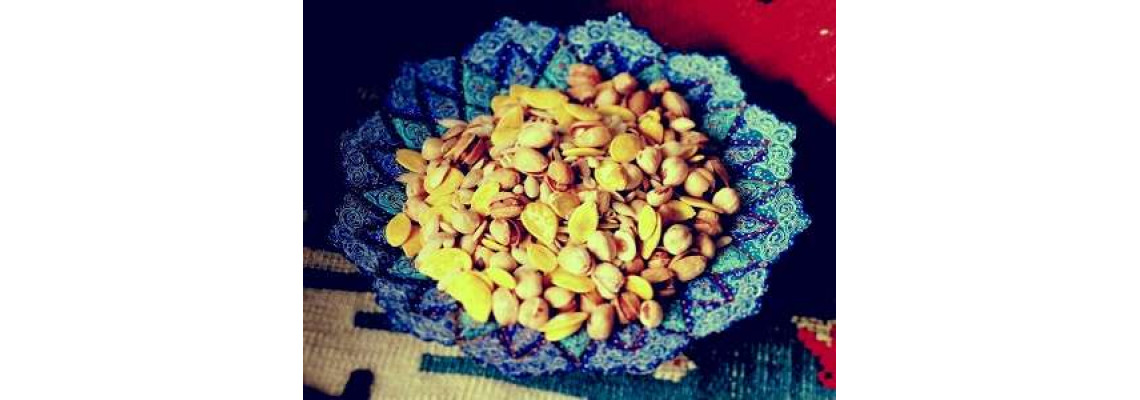
Buy Persian Handicrafts at: www.persianhandicrafts.com
Khatamkari Delicate and meticulous marquetry has been produced since the Safavid period. In fact, khatam was so popular in the court that princes learned this technique alongside music and painting. Khatam means incrustation and Khatamkari refers to incrustation work. This craft consists in the production of incrustation patterns (generally star shaped) with thin sticks of wood (ebony, teak, zizyphus, orange, rose), brass (for golden parts) and camel bones (white parts). Ivory, gold or silver can also be used for collection objects. Sticks are assembled in triangular beams, themselves assembled and glued in a strict order to create a cylinder 70 cm in diameter, whose cross-section is the main motif: a six-branch star included in a hexagon. These cylinders are cut into shorter cylinders, and then compressed and dried between two wooden plates, before being sliced for the last time, in 1 mm wide trenches. These sections are ready to be plated and glued on the object to be decorated, before lacquer finishing. The trench can also be softened through heating in order to wrap around objects. Many objects can be decorated in this fashion, such as jewelry/decorative boxes, chessboards, pipes, desks, frames or some musical instruments. Khatam can also be used in Persian miniatures, making it a more attractive work of art. Based on techniques imported from China and improved by Persian know-how, this craft has existed for more than 700 years and is still practiced in Shiraz and Isfahan.
.jpg)
Minakari Enamel working and decorating metals with colorful and baked coats are one of the distinguished artwork in Isfahan. Although this course is of abundant use industrially for producing metal and hygienic dishes, it has been paid high attention by painters, goldsmiths and metal engravers since a long time. Worldwide, it is categorized as follows:
- Enamel painting
- Charkhaneh or chess-like enamel
- Cavity enamel.
Enamel painting is practiced in Isfahan and specimens are kept in the museums of Iran and abroad, indicting that Iranian artists have been interested in this art and used it in their metalwork ever since the rule of Achaemenian and Sassanid dynasties. Since enamels are delicate, we do not have many of them left from ancient times. Some documents indicate that throughout the Islamic civilization of and during the Seljuk, Safavid and Zand dynasties, there have been outstanding enameled dishes and materials.

Most of the enameled dishes related to the past belong to the Qajar dynasty during 1810–90. Bangles, boxes, water-pipe heads, vases and golden dishes with beautiful paintings in blue and green colors remain from that time. This art stagnated for 50 years due to World War I and the social revolution. However, this art was fostered in terms of quantity and quality by Master Shokrollah Saniezadeh, the outstanding painter of Isfahan, for 40 years. Since 1992, this art has begun to thrive after many distinguished artists began working in this field.
Buy Persian Handicrafts at: www.persianhandicrafts.com
Facebook: https://www.facebook.com/persispersianhandicrafts
Google+:https://plus.google.com/+Persiscraftspersianhandicrafts
Twitter: https://twitter.com/persiscrafts
Please Join Our Social Networks to Support us:
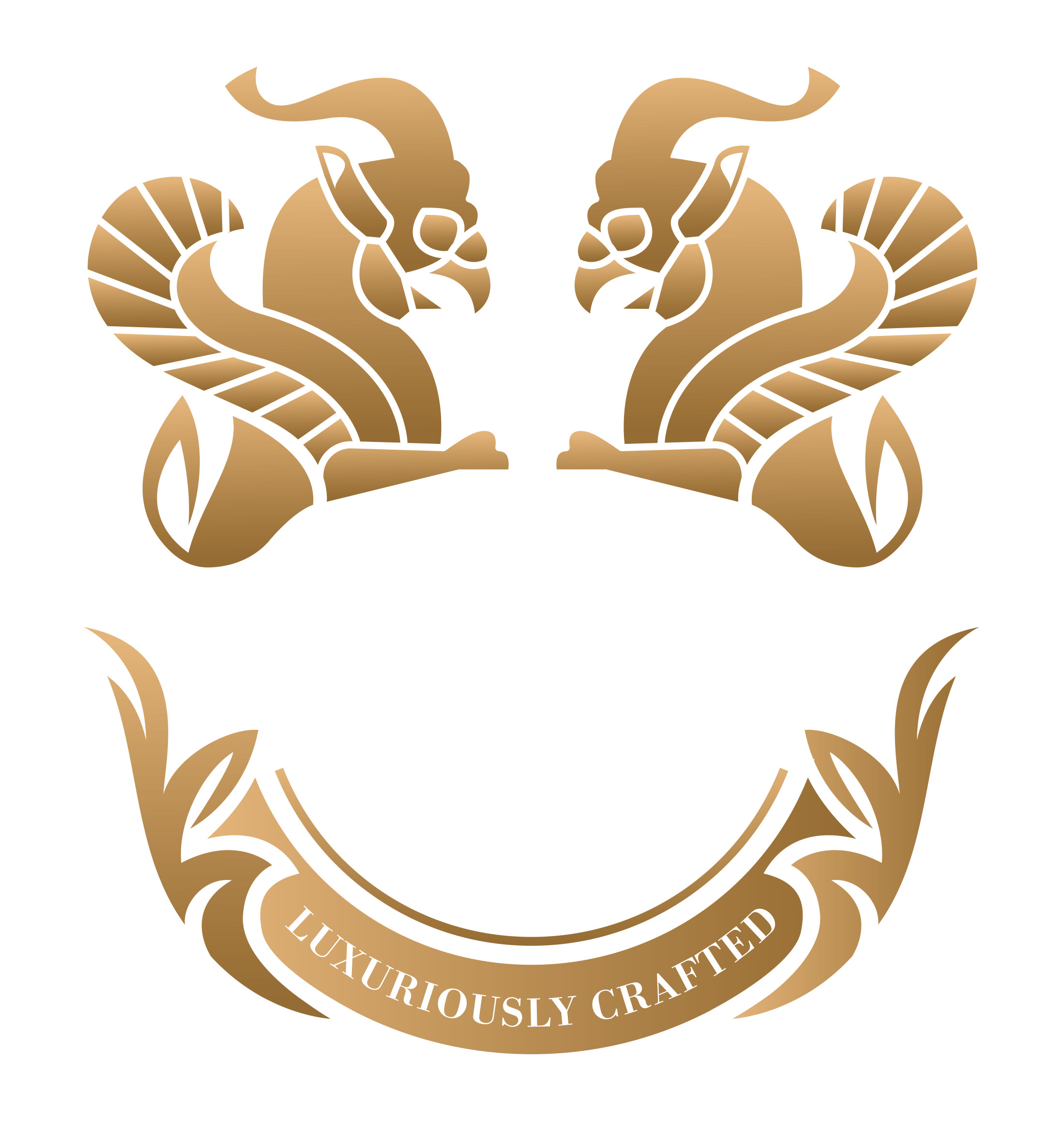
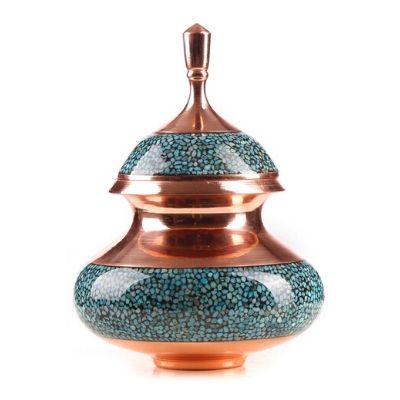
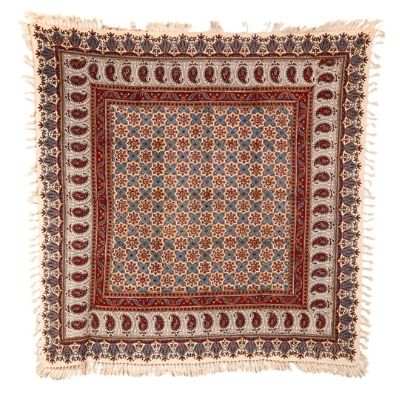
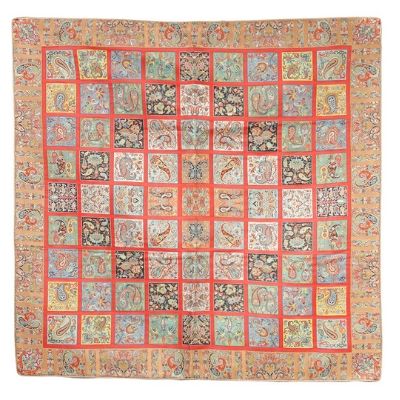
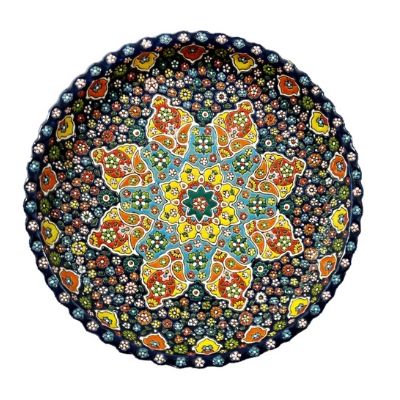
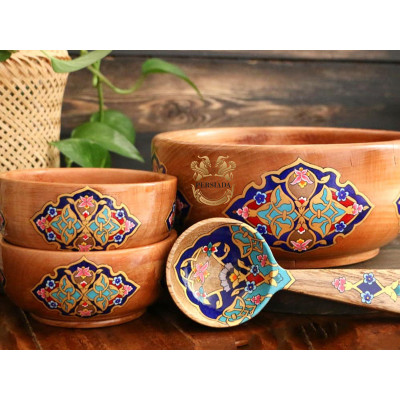
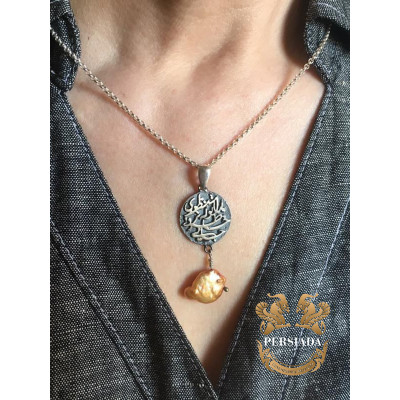
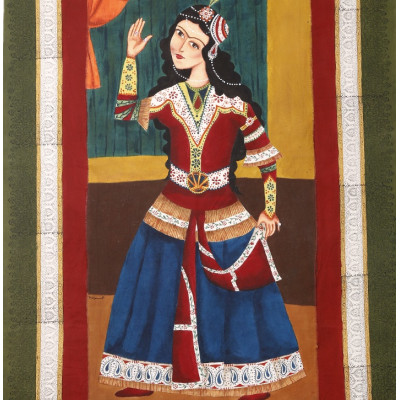
-400x400.png)
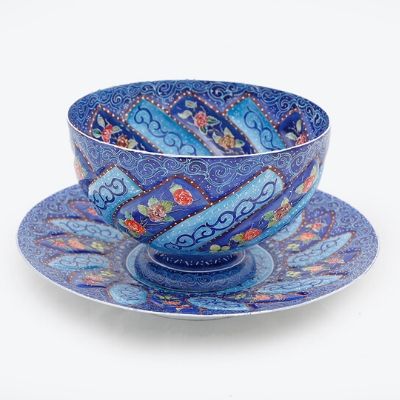
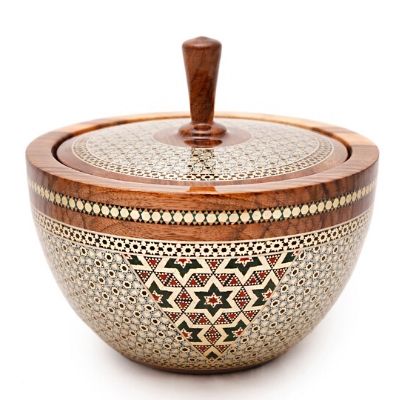
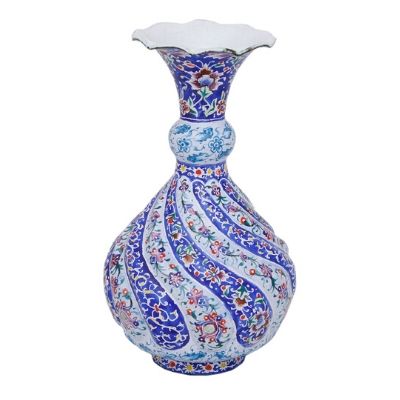
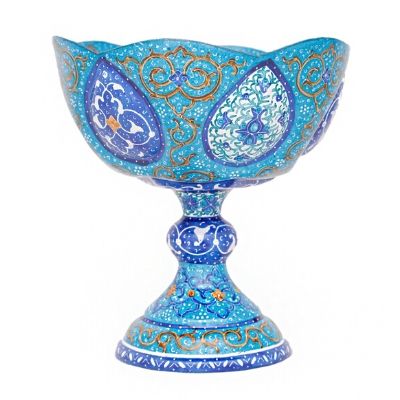
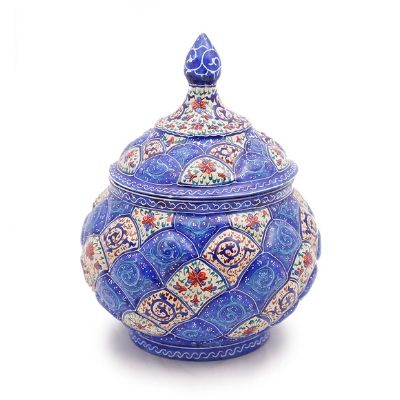
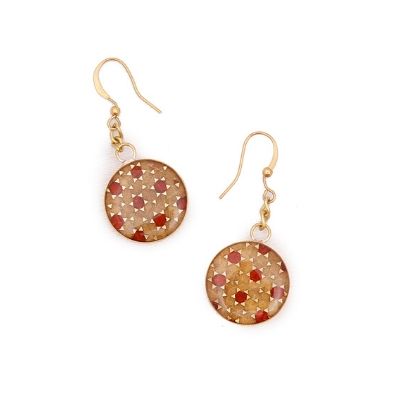
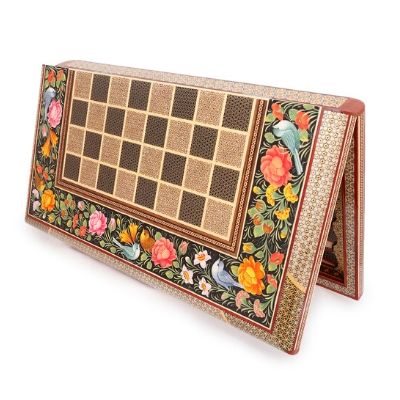
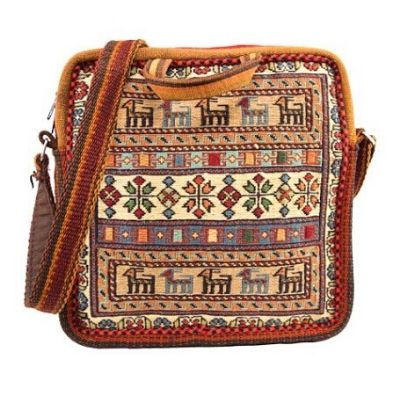
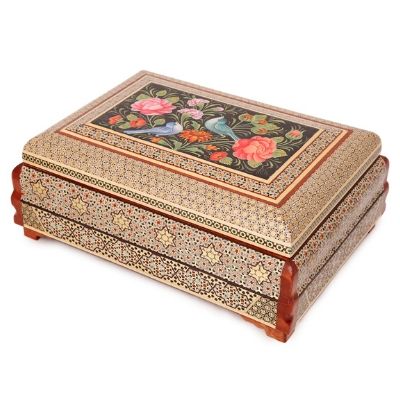
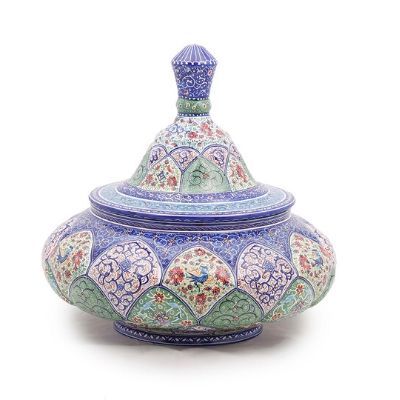
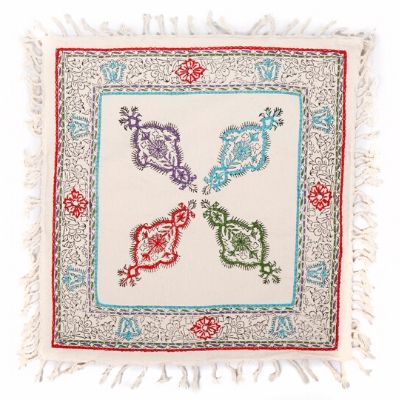
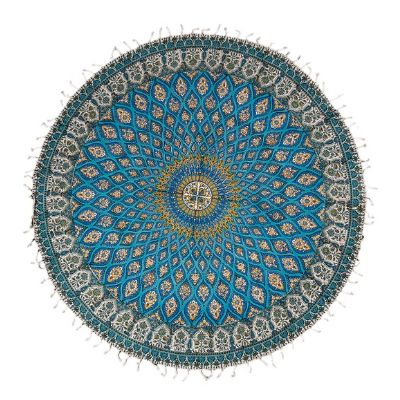
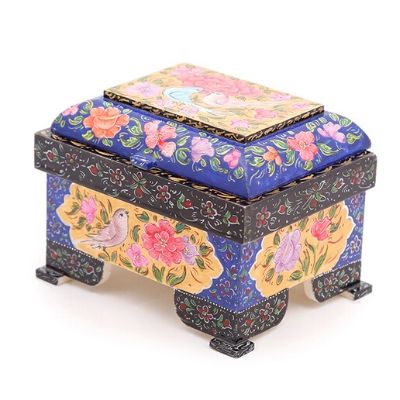
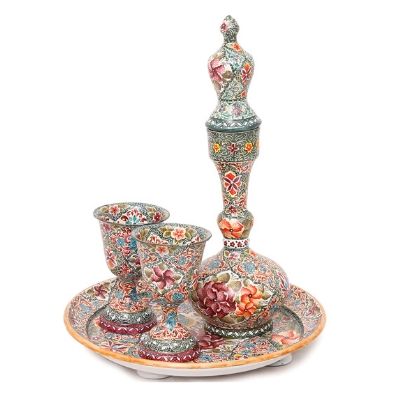
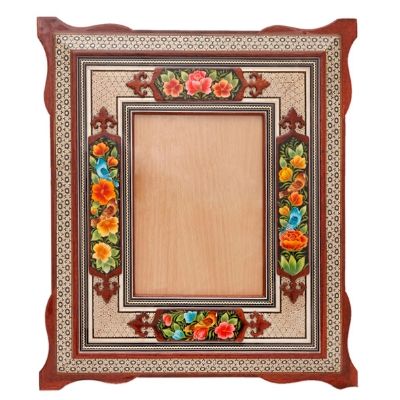
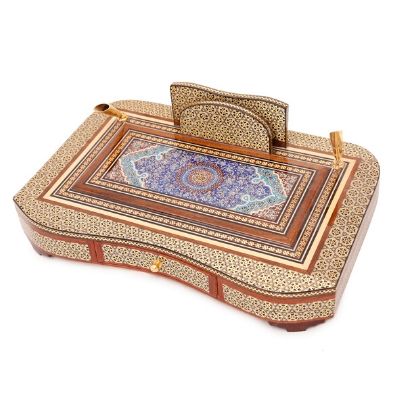
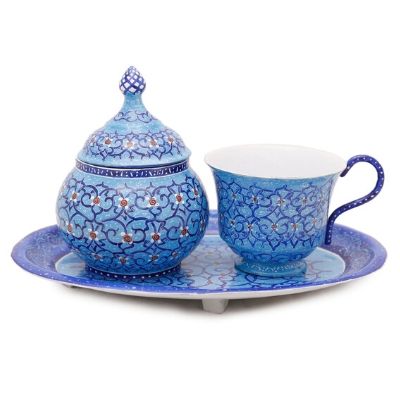
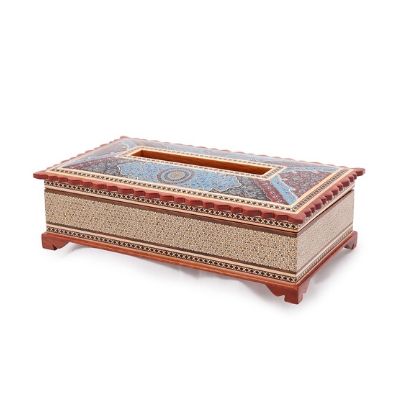
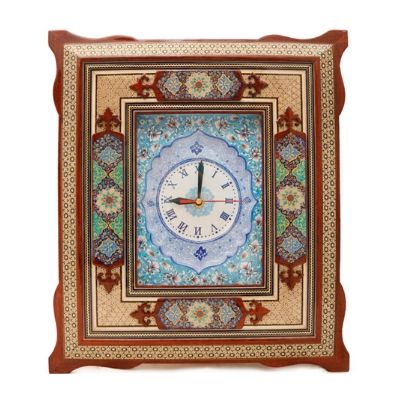
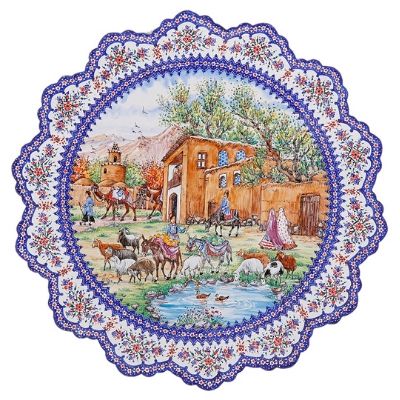
Leave a Comment